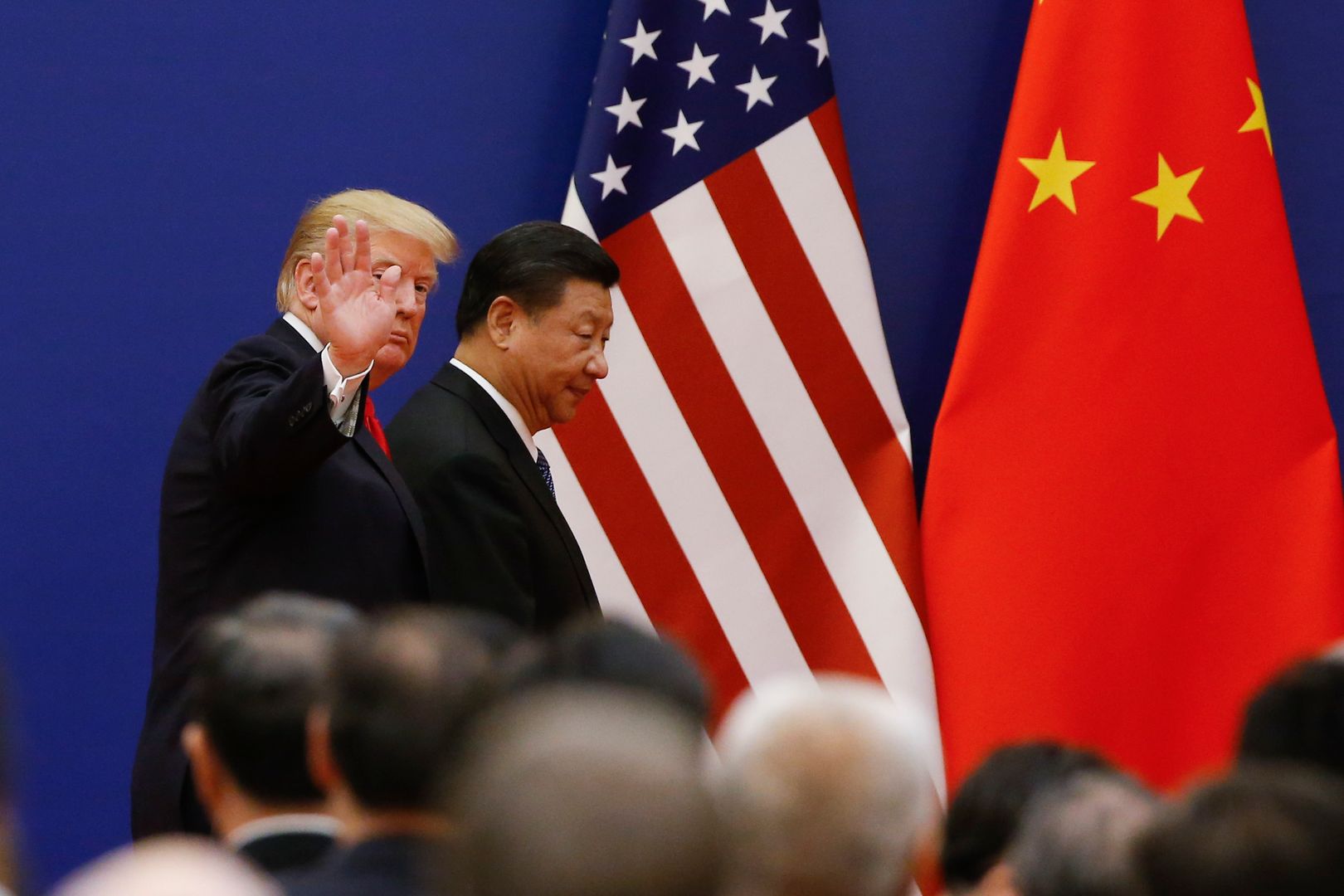
Bitcoin saw a rebound from its post-Fed losses early Thursday following a positive meeting between President Donald Trump and Chinese President Xi Jinping.
On board Air Force One, Trump mentioned it was a one-year agreement that would be extended, and stated that the rare earths issue was resolved, removing any roadblocks.
He also indicated that US tariffs on China would decrease from 57% to 47% and mentioned potential trips to China in April, with Xi visiting the US afterward, as reported by Reuters.
BTC briefly dipped to $108,000, having fallen from $113,000 to $110,000 overnight, a decline prompted by Federal Reserve Chairman Jerome Powell’s comments that downplayed the likelihood of a December rate cut.
XRP and experienced the largest drop among major cryptocurrencies, declining by 4%. Ether , along with Solana’s SOL, BNB, and Cardano’s ADA, dropped by as much as 3%.
S&P 500 futures also traded lower, while the dollar index stabilized around 99.00, maintaining overnight gains.
As reported by the BBC, Trump departed South Korea without disclosing the results of his discussions with Xi. “They shook hands at the end of the meeting before departing,” the report noted.
Expectations were high after Trump stated earlier this week that both countries were near a trade agreement. Recent tensions escalated as Trump threatened to impose 100% tariffs on Chinese imports in response to China’s strengthened control over rare earth exports.
On Wednesday, the U.S. central bank’s Federal Open Market Committee lowered its benchmark overnight borrowing rate to a range of 3.75%-4%. The Fed also announced an end to its asset purchase reductions, known as quantitative tightening, effective December 1.
These policy changes are significant for crypto. A benchmark rate of 3.75%-4% suggests a shift to easier financial conditions after two years of tightening, promoting risk appetite and lowering real yields.
Bitcoin and other non-yielding assets often benefit as liquidity returns, encouraging investors to shift out of cash-heavy holdings into growth and alternative investment assets.
By ending the balance sheet runoff on December 1, the system will reintroduce net liquidity, easing bank pressures and enhancing market depth across risk assets. Such a environment could encourage risk-taking among crypto traders and increased leverage in derivatives markets.
However, geopolitical factors remain a significant variable. If the U.S.-China trade deal solidifies and tariffs are reduced further, global risk sentiment may improve, reinforcing the Fed’s dovish stance and allowing Bitcoin to rebound past $115,000. On the contrary, if negotiations falter, investors might reduce new long positions as the dollar strengthens and volatility returns.
Thus, a combination of looser monetary policy and reduced trade tensions presents a rare opportunity to support crypto markets through November, albeit with optimism dependent on whether this “soft landing” scenario holds as liquidity reenters the market.

